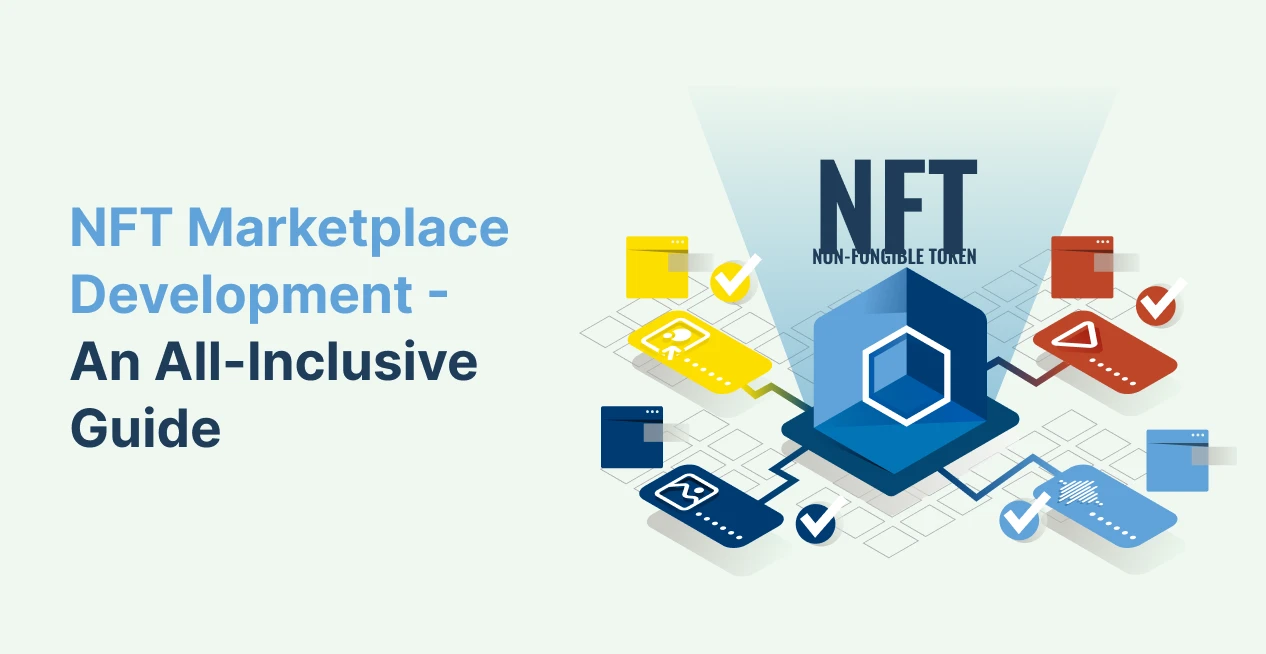Introduction:
Artificial Intelligence is reinventing the design industry one step at a time. The new tools and techniques in the market are enhancing creativity, increasing productivity and quality of work delivered by the new age designers. One of the most significant benefits of AI in design is the ability to automate repetitive tasks which frees up time for designers to focus on more creative aspects of their work. Using Artificial Intelligence is not a new concept and has been around for a while. Ever since the 1990s, researchers have been playing with the idea of using genetic algorithms to create new designs. By the 2000’s they had successfully developed AI systems that could ‘learn’ from past designs thus paving the way for AI-aided designing. In 2016, Google introduced, “Quick Draw” which was another marked milestone in the active use of AI in designing. Since then, AI in design has continued to evolve, with companies such as Adobe, Autodesk, and many more investing heavily in AI-enabled design projects.
AI-Designing coupling is still in the early stages, but the potential is limitless. Today UI/UX designers are using AI to analyze user behavior, create great personalized designs, and automate the mundane tasks of these creators. With new technological advancements every day, one can only expect AI-aided design to grow popular in the coming years.
Importance of AI aided Design
Artificial intelligence is considered the next pit stop for designing. It has proven its merit when it comes to elevating design processes and improving efficiency, productivity, and quality of design. It also helps in innovating and streamlining the design process while being more accessible to people who are not familiar with traditional designing techniques.
Cutting-Edge Technologies in AI Design
There are many cutting-edge technologies in AI design that are reinventing the way we design. Here are a few such technologies to watch out for.
Generative Design
Generative design refers to a digital designing technique that uses AI algorithms to generate new design options keeping in mind certain parameters and metrics. Design generator allows designers to explore a wide range of creative inputs efficiently and clear design hurdles effectively. Once the iterative design process is completed the designers can provide extra feedback to the AI model generator and modify instructions as per requirements. Artificially intelligent generators used for designing have proven to simplify complex design processes to quite some extent.
Computer Vision
One of the most powerful applications of AI in the design industry is Computer vision. Computer Vision refers to the science of replicating the human vision system and equipping computers with the ability to recognize images and videos and decipher them. This is one step further in automating machines and making them lifelike. The applications of Computer vision have found their way into many industries such as retail, healthcare, forensics, and much more.
Natural Language Processing
This is another branch of Artificial Intelligence that focuses on computers to understand the way humans interact with each other through their languages. NLP algorithms help identify patterns, sentiments, and interests by tracking huge volumes of data online and help understand the behavioral patterns of a targeted audience. It also translates different languages, transcribes speeches, and enhances the chatbot interface along with many other interesting functions. With the help of AI and NLP, we can basically communicate with machines without any need to learn machine languages.
Machine Learning
Machine learning is another branch of Artificial Intelligence that has a lot of applications. With the help of various ML techniques, computers are learning from humongous amounts of data without having to explicitly program it. These ML techniques then help computers to predict or make decisions accordingly. There are three main types of machine learning namely three- Supervised, unsupervised, and reinforcement learning. These categories of ML techniques help differentiate between data sets and make informed decisions from that data.
Augmented Reality/Virtual Reality
Augmented Reality / Virtual Reality is yet another AI application which is taking over the world, slowly but surely. AR/VR technology superimposes virtual elements onto the real world while VR technology can now create an entire virtual environment. From creating virtual prototypes of products to immersive 3D visualizations, AR/VR has changed the way we interact with the physical world. It is also used in training through interactive simulations allowing users to practice in safe yet competitive environments.
Applications of AI in Design
Designers are applying AI in almost all parts of design processes and have witnessed great results of the same.
Graphic Design
Graphic designers apply AI in numerous avenues such as automating mundane designer tasks (resizing, cropping images, etc), image recognition, designing consistent branding language, and even studying user behavior analysis. Also, AI photos and images are just as creative and aesthetically appealing as human-made art. AI graphic design is preferred for its efficiency, productivity, and time effectiveness.
Product Design
In product design, AI can be used to create 3D models, optimize designs for production, and automating supply change management. AI can also help predict user demand, mitigating supply chain risks while optimizing resources.
Fashion Design
Another area that is successfully employing AI is the Fashion design industry. With the help of generative design, fashion designers can forecast trends, create higher-selling garments, incorporate popular silhouettes, and reduce marketing costs drastically.
Architecture and Interior Design
Interior Designers and architects are also using the best of AI technology and reinventing their pitches to the client. AI can help architects and interior designers create virtual and augmented experiences to visualize their space before the project is started. From photorealistic 3D models of interior spaces and buildings to color variations of the space, AI-created images help visualize everything beforehand.
User Experience Design
The integration of AI in User Experience and User Interface design is at an all-time high now. AI has proven its merit when it comes to revolutionizing the way we interact with digital products and services. While delivering on attributes such as hyper-personalization, security of data, and innovative products, AI guarantees a memorable experience for its users.
Top AI tools for designing
Here are a few smart tools being used by UI/UX designers these days. These tools have garnered a lot of attention for their ease of use.
- Canva – A graphic design tool that incorporates AI to create user-friendly designs and Canva’s resizing tool automatically resizes design as per the social media platforms they are designed for.
- Adobe Sensei – Adobe Sensei is a suite of AI and ML tools that help with automating image editing, video editing, and much more,
- AutoDesk Dreamcatcher – This tool is very popular amongst designers for generative design. It uses AI algorithms but within user-designed constraints and parameters.
- DeepArt – DeepArt is a fun tool. With DeepArt one can transform photos into art or a specific art style. It is an interesting tool for new-age designers and artists to experiment with.
There are many more such tools in the market that are catching the attention of young designers and are reinventing the very way we design.
Future of AI in Design
AI-aided design is taking over the world. One can easily foresee AI changing the design processes, all for the better. Soon, many industries will have incorporated AI in their design processes for its feasibility, better output, and cost-effectiveness. The AI techniques of deep learning, Machine learning, NLP, etc, are ‘humanizing’ machine designing which is both avant-garde and revolutionary. Many emerging trends are evidence that AI in design is taking off. One such trend is AI-assisted design education. When incorporated in the early stages, it facilitates the design process even further. They do so with real-time feedback, suggestions, and insights. AI also helps ensure that a product is designed sustainably now that sustainable design is the primary focus of companies. By adding ethical parameters, AI comes up with the most sustainable and ethical design solutions. A few ethical considerations that AI projects must incorporate are transparency, fairness, bias, safety, and explainability.
Many software development firms are offering UI/UX Designing Services which also include AI integration in the projects. Amongst these, Custom ChatGPT Development Services are also some AI integration services which are catching the attention of the masses. OpenXcell is one such company with a rich portfolio of custom AI solutions. Each solution crafted by OpenXcell is one of a kind, of the best quality, and delivered in the shortest amount of time.









